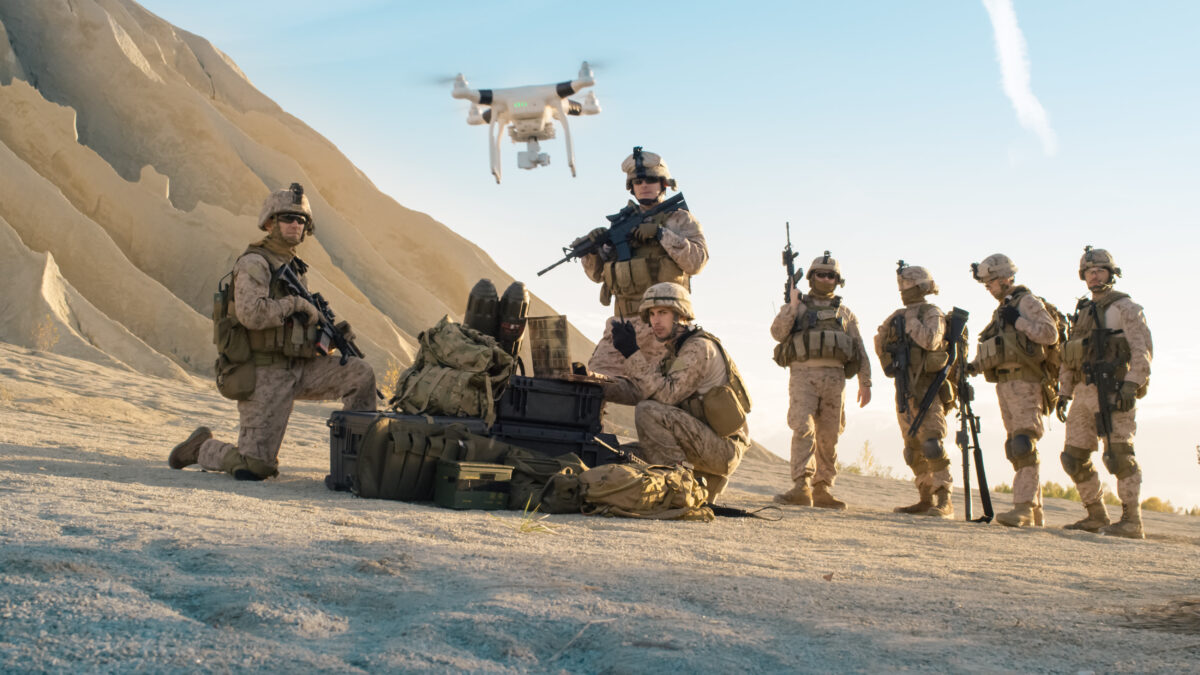Is there a functional component missing from procurement in the CEMAVERSE?

Understanding the evolving landscape of CEMA
At EWS we have the privilege of witnessing and participating in projects in the CEMA domain. Having followed international programmes, the evolution of threats and targets, and the challenges that are posed to those involved in CEMA, are we missing the decisive factors that will impact on decision advantage and CEMA mission success?
CEMA: a critical force multiplier in contemporary conflict
It is evident that the ongoing conflict in Ukraine and the Middle East are reinforcing the concept that CEMA is a key force multiplier. Those that have historically denied that they do not participate in or need CEMA are now realising that, alongside kinetic activities, it has become a key to mission success or failure and an absolute necessity to every type of future operation.
Adapting to the changing face of warfare: the CEMA perspective
Warfare has changed at a pace that is hard to keep up with and we are now faced with a full-force approach where many thousands of drones are used monthly, equipment and support can be crowd-funded, IEDs are on the increase again, cyber-attacks are prevalent and electronic warfare is being conducted by civilians and shared on internet platforms with the war fighters. That’s a lot of changes in just a few short years!
The imperative of synchronisation in CEMA operations
The aims of CEMA remain extant, we must be able to coherently Protect, Understand and Effect. The functions within the CEMA construct, although they vary between nations, are consistent and the key to the successful use of CEMA assets is being heavily reliant on the Synchronisation of the multi-functional, multi-domain disciplines.
Strengthening national security through CEMA coordination
However, synchronisation is not just an operational function, it needs to transcend acquisition activity too. Globally and historically, procurement methods and funding streams tend to sit in structures that aren’t travelling, unlike the operational challenges, at cyber-speed. Open architectures and standards are driving requirements that may and can deliver versatile systems that can transcend projects to deliver solutions at pace and with a much-reduced logistics tail.
Future-proofing CEMA: agility, adaptability, effectiveness
My suggestion today is that to ensure a cohesive and synchronized approach to CEMA domain projects, it becomes a priority to ensure that new CEMA capabilities remain agile, adaptive, and effective. We need to re-evaluate procurement activities, structures and methodologies to remove the traditional stovepipes and procurement silos to take a more holistic approach to deliver capability that joins the functions and can deliver at a pace needed to maintain operational advantage and deliver information dominance across multiple programmes and domains.
Breaking down procurement silos: a holistic approach to CEMA
Effective coordination across aligned capability development and procurement activities is paramount, with input from large companies and SMEs. Improved collaboration, fostering better communication, breaking down traditional barriers and alignment among stakeholders is key to delivering enhanced project outcomes and strengthening our national security and position in the CEMAVERSE.
Want to know more?
If this article has piqued your interest, why not give us a call on +44 (0) 636 550 490, or drop us an enquiry by CLICKING HERE. We’re always happy to have a chat in person or online.




